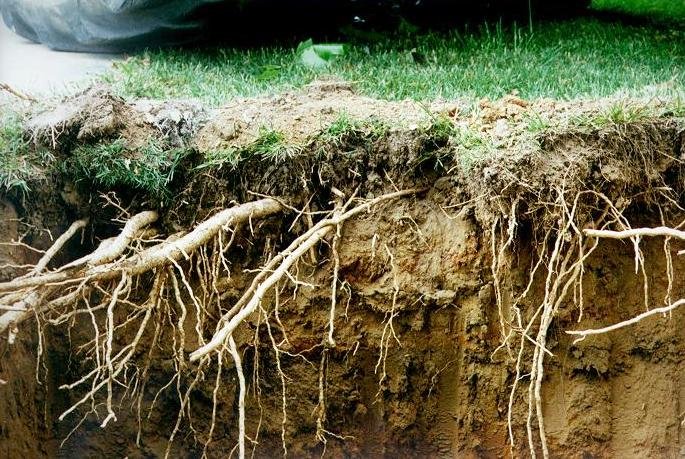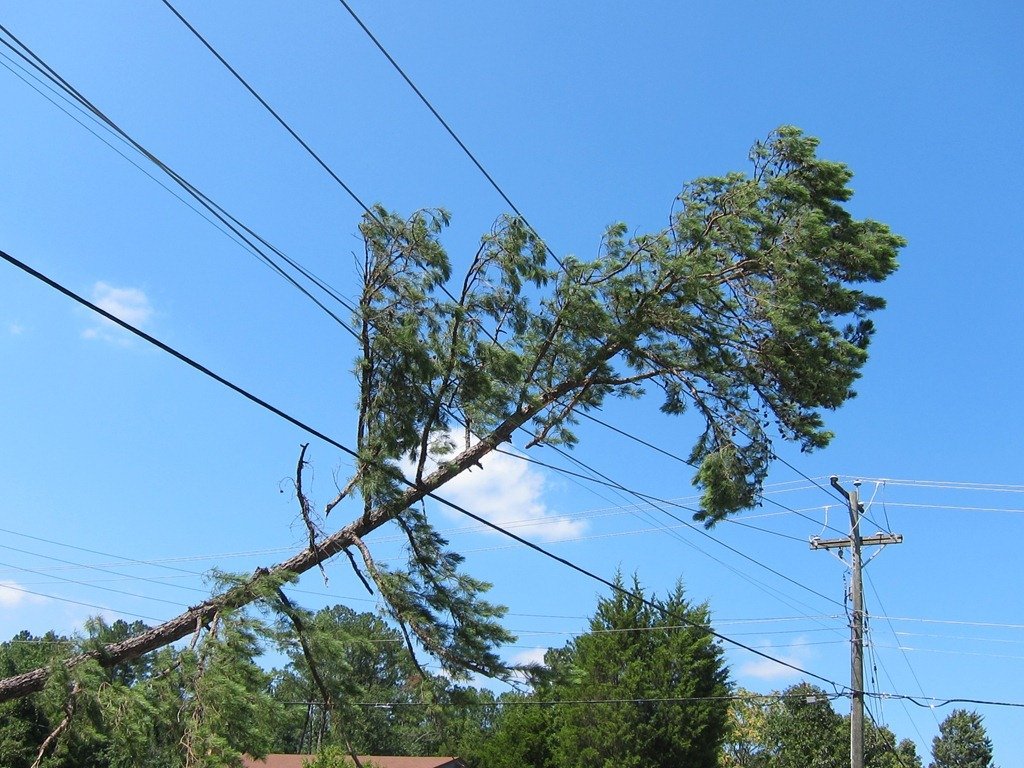Signs Your Tree Needs to Be Cut Down
Trees are not just majestic elements of nature; they're essential for the environment, providing oxygen, shade, and habitat. Not only do they play a key role in nature but they can add a wide variety of benefits to your property and home. However, there are times when a tree may pose a risk to its surroundings or simply be in poor health, necessitating its removal. Knowing when it's time to cut down a tree is crucial for safety of you and your property. In this guide, we'll explore the signs that indicate a tree needs to be cut down.
Visible Signs of Decay or Damage:
One of the most obvious indicators that a tree may need removal is visible decay or damage. Look for signs such as:
Large dead branches or limbs.
Hollowed or decaying trunks.
Cracks or splits in the trunk or major branches.
Fungal growth on the trunk or around the base of the tree.
Leaning or Unstable Tree:
A tree that is leaning significantly or appears to be unstable, poses a danger to nearby structures, vehicles, or people. If a tree is leaning more than 15 degrees from vertical, it may be at risk of falling and should be assessed by a professional arborist.
Root Damage or Compromise:
The health of a tree's roots is crucial for its stability and overall well-being. Signs of root damage or compromise include:
Exposed roots due to soil erosion.
Soil heaving or lifting around the base of the tree.
Construction or excavation near the tree that may have damaged its roots.
Fungal growth or decay at the base of the tree.
Disease or Pest Infestation:
Trees can be susceptible to various diseases and pests that can weaken or kill them. Some common signs of disease or pest infestation include:
Unusual spotting or discoloration on leaves.
Premature leaf drop or defoliation.
Bark damage or unusual patterns.
Presence of pests such as beetles, caterpillars, or borers.
Wood pecker damage
Proximity to Structures or Utilities:
Consider the proximity of the tree to structures such as homes, power lines, or driveways. If a tree's branches are encroaching on power lines or its roots are causing damage to a foundation, it may need to be removed to prevent further harm.
Conclusion:
Knowing when to cut down a tree is a responsibility that shouldn't be taken lightly. While trees offer numerous benefits, they can also pose risks when they're unhealthy or structurally compromised. By being aware of the signs discussed in this guide and seeking the expertise of a certified arborist when in doubt, you can make informed decisions about the management of trees on your property, ensuring safety and preserving the beauty of your surroundings. Remember, safety should always be the top priority when dealing with tree removal.
FOR A VIDEO TUTORIAL ON HOW WE CUT DEAD AND HAZARDOUS TREES CHECK OUT THIS VIDEO BELOW!









